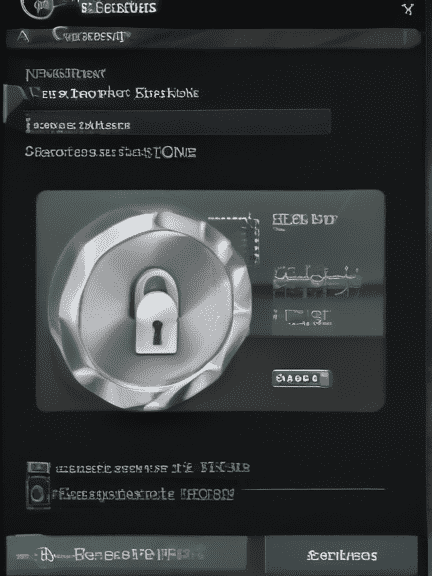Sensitive document protection is crucial in the age of digital technologies. To protect your information from the ever-present danger of cyber assaults and data breaches, you must use strong encryption methods.
Importance of Encryption in Document Security

Encryption serves as a virtual lock, protecting your documents from unauthorized access. Data is transformed into an unreadable format via encryption, which guarantees that even if a hacker gains access to your files, they remain unintelligible without the decryption key. This is especially vital for sensitive information such as financial records, personal data, and proprietary documents.
Different Approaches to Encryption Algorithms
Techniques for encryption, like Advanced Encryption Standard (AES), RSA (Rivest-Shamir-Adleman), and SHA-256 (Secure Hash Algorithm 256-bit), vary in their functionality and application. Symmetric encryption, like AES, employs a single key for both encryption and decryption, offering efficiency but demanding meticulous key management. Asymmetric encryption, exemplified by RSA, operates with a public-private key pair, ensuring secure internet communication. Hashing algorithms, such as SHA-256, generate unique hashes for data, aiding in data integrity verification and password storage.
Each algorithm serves distinct purposes, with symmetric encryption facilitating efficient data protection, asymmetric encryption enabling secure online transactions, and hashing algorithms ensuring data integrity and password security.
Practices for Implementing Encryption in Document Security
It is essential that you follow these best practices in order to guarantee strong document security via encryption. Choose encryption techniques that are robust enough to survive brute-force assaults, which are systematic attempts to try all potential combinations in an attempt to guess a password or encryption key, as your first port of call. The second step is to ensure the safety of encryption keys by using encryption key management systems (EKMS) and to adhere to rules for key rotation and storage.
Thirdly, it is important to implement access restrictions that restrict document decryption to authorized users using the roles and permissions that they have been assigned. In the end, just as importantly, keep your encryption software updated on a regular basis to minimize vulnerabilities and keep your defenses against ever-changing threats intact. Through the use of these measures, companies are able to successfully strengthen the security of their documents and keep sensitive information from being accessed by unauthorized individuals.

